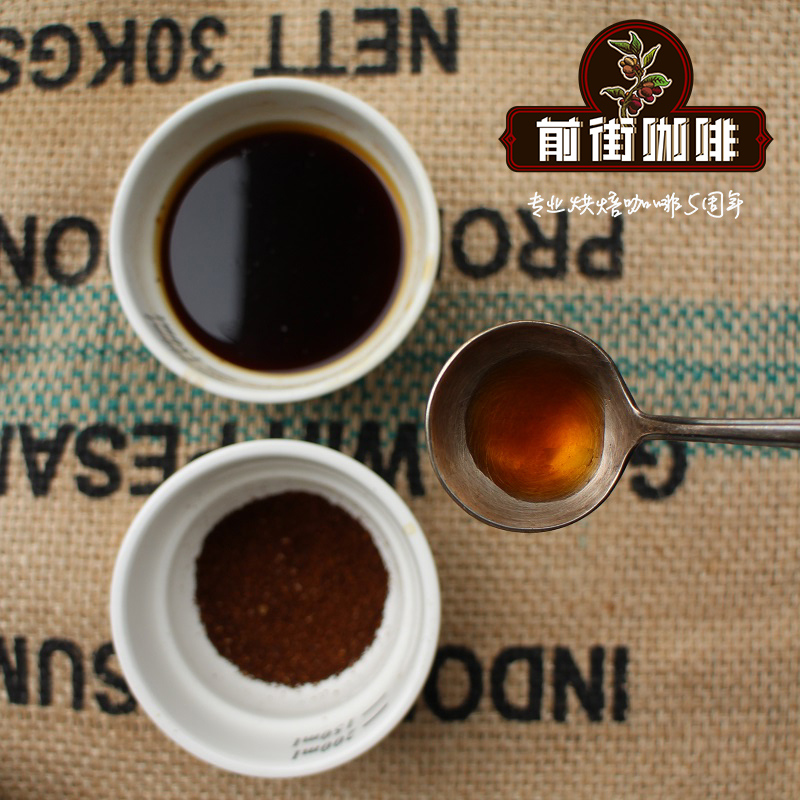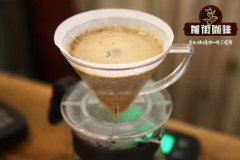Arabica coffee? how do you drink Arabica coffee? is Starbucks Arabica?

Professional coffee knowledge exchange more coffee bean information please follow the coffee workshop (Wechat official account cafe_style)
Arabica / Arabica, Robusta / Robusta, Librika / Liberica
Among them, Arabica accounts for 70% of the total shipments, while Robusta accounts for 25% to 30%. Due to its low output and low quality, Lieberica has little sense of existence.
In both Arabica and Robusta, because of the high caffeine content and strong taste stimulation of Robusta, it is mostly used to extract raw materials of instant coffee, while a small part of it is used in the blending of low-end commercial beans, so independent cafes on the market almost do not use Luodou.
So, go back to the original problem. 100% Arabica beans can not even be regarded as an active choice, but should be regarded as a passive acceptance caused by a market environment.
Because coffee, as a drink supplied to humans, naturally has to withstand the sensitive nerves of human picky taste buds. Robbosa beans have a high caffeine content, between 1.7% and 4%, with a thick taste and high bitterness / little variation.
While Arabica caffeine content is moderate, between 0.8% and 1.7%, coffee beans contain more sugar and fat, and the flavor is obviously sour and varied, which is precisely because of this contrast, even though Robusta has higher yields and
A stronger physique.
It is also difficult to reverse the demand in the market, and has to show that Arabica beans are at the top.
Arabica is native to the Abyssinia plateau of Ethiopia, originally used medicinally as a monk to heal body and mind and to awaken the brain. The drinking habit was developed in the 13th century and began its magnificent turn after it was introduced into Europe in the 16th century.
Arabica native species are very sensitive to environmental humidity, frost, diseases and insect pests, especially the natural enemy of coffee, leaf rust. Therefore, with the continuous improvement of human planting technology and the migration of coffee tree species, Arabica species have a large number of subspecies and subspecies to counter different climatic and geographical conditions.
Important Notice :
前街咖啡 FrontStreet Coffee has moved to new addredd:
FrontStreet Coffee Address: 315,Donghua East Road,GuangZhou
Tel:020 38364473
- Prev

The difference between latte coffee and black coffee Evaluation of the taste characteristics of latte coffee
Professional coffee knowledge exchange more information about coffee beans Please follow the coffee workshop (Wechat official account cafe_style) to learn how to drink black coffee is what every coffee lover should do. Today, I will give you some advice on drinking black coffee. Just because you learn to drink black coffee doesn't mean you have to drink milk from now on
- Next

How to make Arabica coffee? is Arabica coffee good coffee?
Professional coffee knowledge exchange more coffee bean information Please pay attention to the coffee workshop (Wechat official account cafe_style) Arabica flavor and aroma of good quality, is often used to make boutique coffee, while robusta is easy to grow, has the advantage of low price, mainly used to match beans or as the main raw material of instant coffee. Generally speaking, Arabica is mainly used in individual or high-quality products.
Related
- Beginners will see the "Coffee pull flower" guide!
- What is the difference between ice blog purified milk and ordinary milk coffee?
- Why is the Philippines the largest producer of crops in Liberia?
- For coffee extraction, should the fine powder be retained?
- How does extracted espresso fill pressed powder? How much strength does it take to press the powder?
- How to make jasmine cold extract coffee? Is the jasmine + latte good?
- Will this little toy really make the coffee taste better? How does Lily Drip affect coffee extraction?
- Will the action of slapping the filter cup also affect coffee extraction?
- What's the difference between powder-to-water ratio and powder-to-liquid ratio?
- What is the Ethiopian local species? What does it have to do with Heirloom native species?

